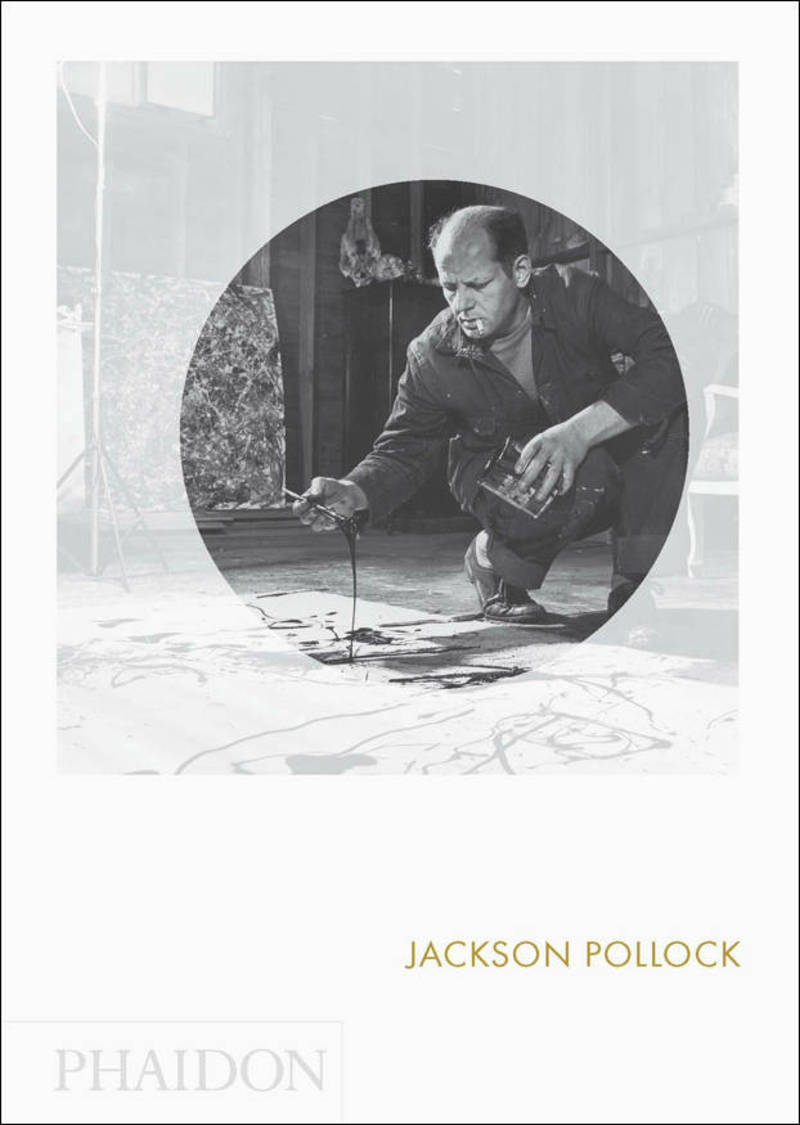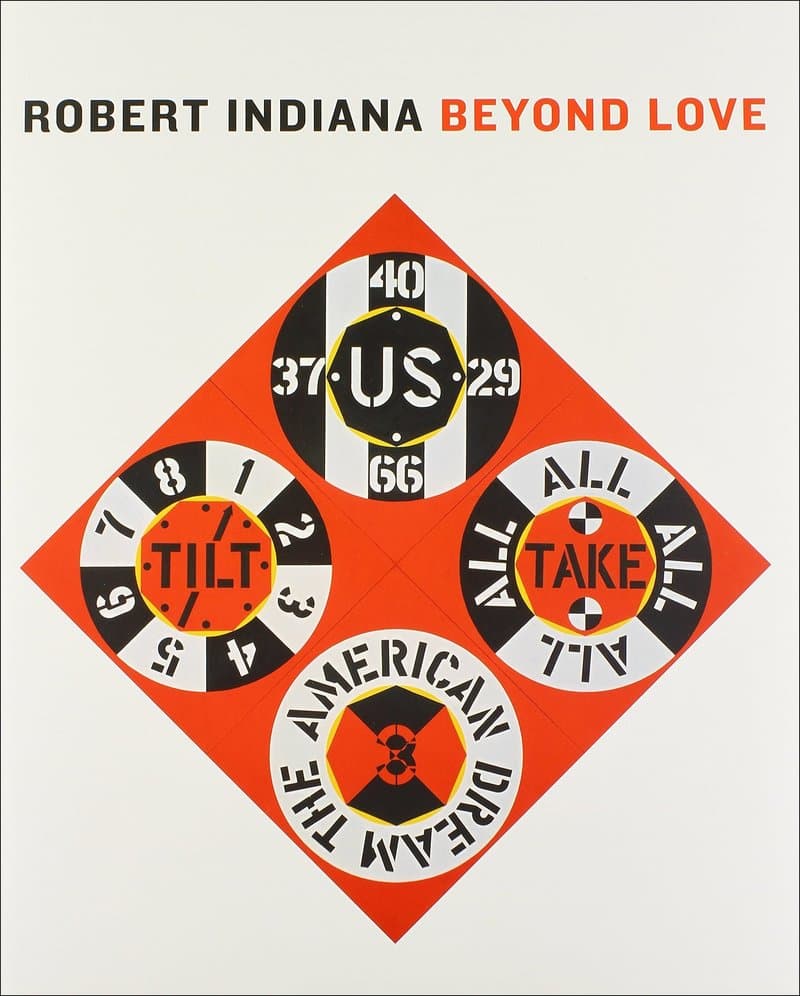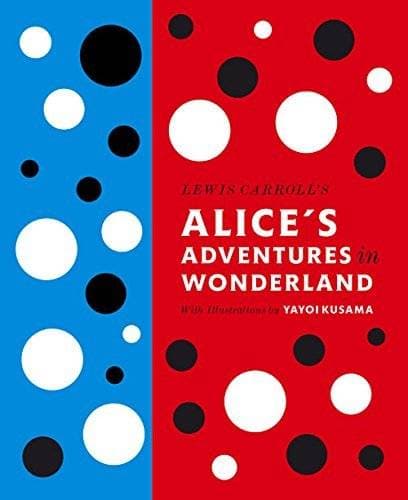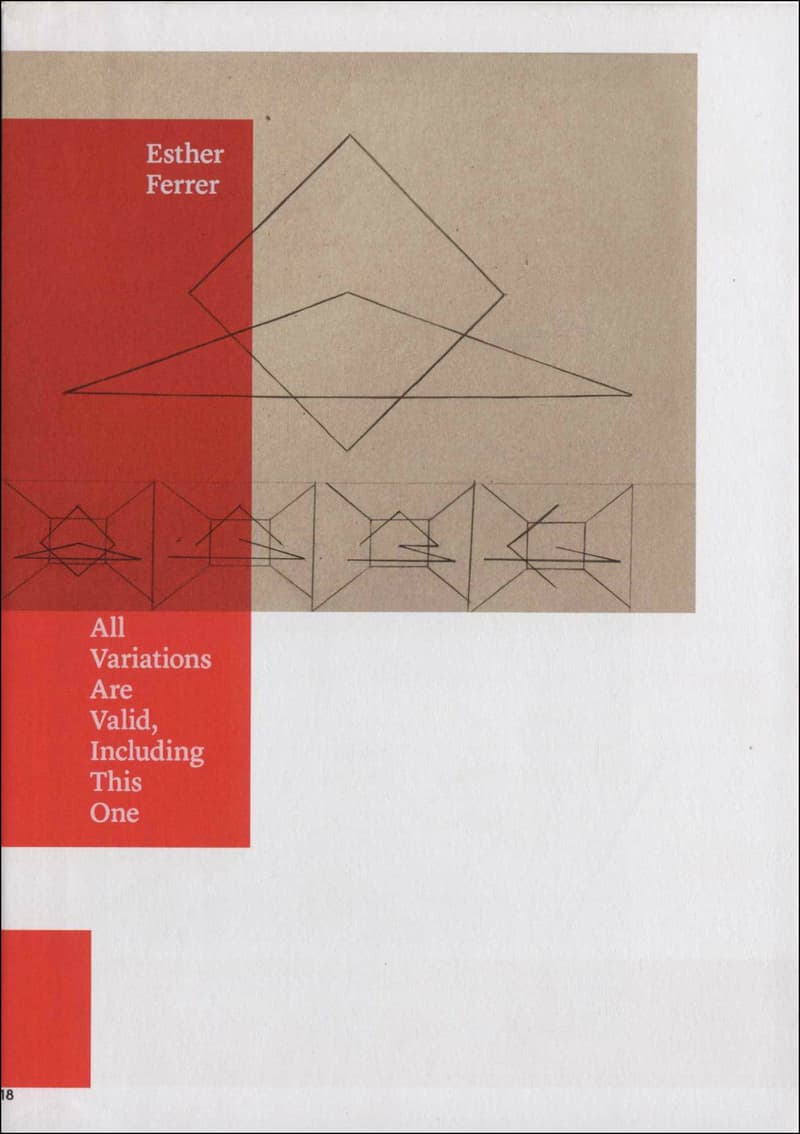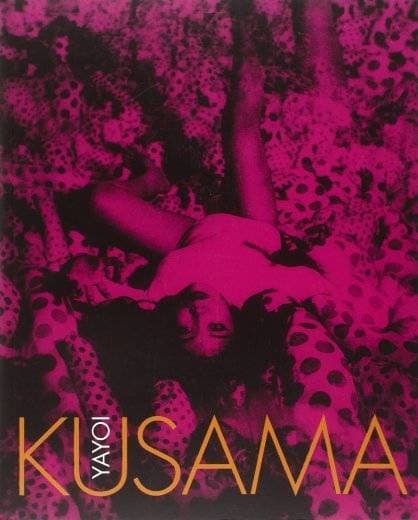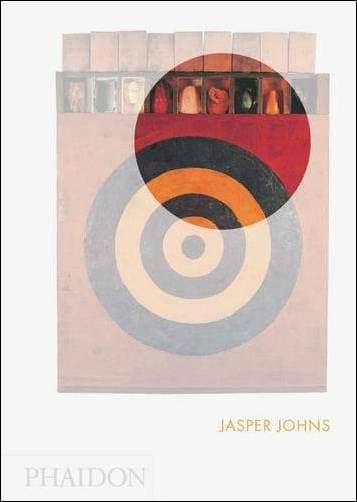Jackson Pollock
The pioneering drip technique of Jackson Pollock (1912–1956) introduced the notion of Action Painting, where the canvas became the space with which the artist would actively engage. Reminiscent of the Surrealist notions of the subconscious and automatic painting, Pollock’s abstract works cemented his reputation as the most critically championed proponent of Abstract Expressionism. His visceral engagement with emotions, thoughts and other intangibles gives his abstract imagery extraordinary immediacy, while his skilful use of fluid pigment, applied with dance-like movements and sweeping gestures that seldom actually touched the surface, broke decisively with tradition. At first sight, Pollock’s vigorous method appears to create chaotic labyrinths, but upon close inspection his strong rhythmic structures become evident, revealing a fascinating complexity and deeper significance. Far from being calculated to shock, Pollock’s liquid medium was crucial to his pictorial aims. It proved the ideal vehicle for the mercurial content that he sought to communicate ‘energy and motion made visible — memories arrested in space.
Details
London
2014
146 pages
9780714861500
Available on request
Yes
Yes
709.203 Pol
1
- Anri Sala: Answer Me2016
- Robert Indiana: Beyond Love2013
- Wilhelm Sasnal2011
- Alice's Adventures in Wonderland: With Artwork by Yayoi Kusama2012
- All Variations Are Valid, Including This One2017
- «Путешествие по Северному морю»: искусство в эпоху постмедиальности2017
- Yayoi Kusama2012
- Anri Sala: Ravel Ravel Unrave2013
- Gia Edzgveradze. Welcome Foam — Farewell Human2009
- Gabriela Löffel2015
- Jasper Johns2014
- Francis Bacon. Catalogue raisonné. Volume III. 1958–19712016
